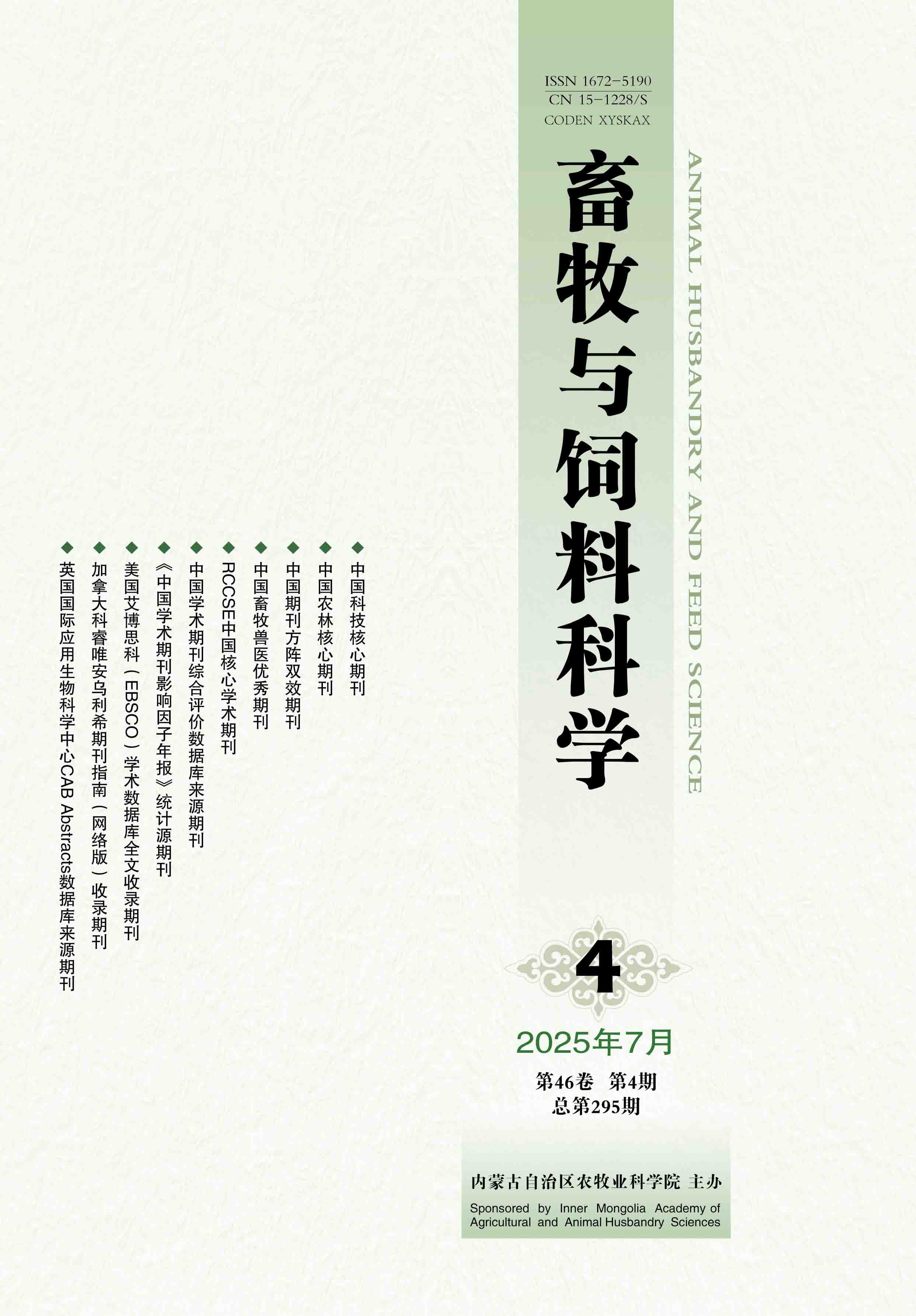[Objective] The aim of the present study was to investigate the temporal and spatial distribution and aggregation characteristics of livestock and poultry manures in Heilongjiang Province. [Method] Using the Statistical Yearbook of Heilongjiang Province as the data source, the coefficient and calculation model of livestock and poultry manure emissions were applied to evaluate the emission amount of livestock and poultry manures [feces, urine, and biochemical oxygen demand (BOD), chemical oxygen demand (COD) and ammonia nitrogen (NH3-N) of manure pollutants] in Heilongjiang Province from the year of 2009 to 2020. The changing range of the total emissions of feces and urine from livestock and poultry was assessed by calculation of the coefficient of variation using the overall standard deviation function and the mean value function in Excel software. Taking the year of 2019 as an example, investigation was conducted to analyze the breeding amount of pigs, sheep, poultry, dairy cows, yellow cattle and beef cattle in 13 regions of Heilongjiang Province (Suihua City, Daqing City, Harbin City, Qiqihar City, Mudanjiang City, Jiamusi City, Shuangyashan City, Jixi City, Hegang City, Heihe City, Yichun City, Qitaihe City and Daxing′anling Region). Using the calculation method of pig manure equivalent land load, the livestock and poultry manure production and the load of cultivated land in the 13 regions were analyzed. The spatial aggregation of livestock and poultry feces and urine pollution were characterized by the spatial autocorrelation method with ArcGIS software. [Result] From the year of 2009 to 2020, the coefficient of variation of the total emissions of feces and urine from livestock and poultry in Heilongjiang Province was 4.20%, indicating that there was some fluctuations in the total emissions, but the interannual variation range was small. The total emissions of feces and urine from livestock and poultry decreased by 2.86%, from 105.666 5 million tons in the year of 2009 to 102.644 3 million tons in the year of 2020. The feces and urine emissions from different livestock and poultry varied greatly, with yellow cattle and beef cattle having the highest emissions and poultry having the lowest. Due to the changes in the production structure and scale of animal husbandry in the year of 2020, the emissions of BOD, COD and NH3-N of livestock and poultry manure pollutants increased by 3.67%, 2.72% and 2.31% compared to those in the year of 2009, respectively. In terms of spatial distribution, Suihua City, Harbin City and Qiqihar City were the key areas for the development of animal husbandry in Heilongjiang Province. The main breeding regions were centered in the southwest part of this province, while the eastern, central and northern regions had relatively small breeding amount of livestock and poultry. The order of livestock and poultry feces and urine emissions and pig manure equivalent of livestock and poultry feces and urine in the 13 regions of this province was roughly the same, with Suihua City, Harbin City and Qiqihar City being the top three. The average value of pig manure equivalent cultivated land load was 8.21 t/hm2, while Daqing City had the highest land load among the 13 regions, coming in at 22.58 t/hm2, both of which were below the optimal land load in China. There was some degree of aggregation in the pig manure equivalent cultivated land load across different regions of this province, with Daqing City, Suihua City and Qiqihar City showing high-high aggregation characteristics. [Conclusion] Although there is an imbalance in the spatial distribution of livestock and poultry production and manure emissions in Heilongjiang Province, the environmental impacts of livestock and poultry manure pollution on cultivated land have not been negative. With the rapid development of animal husbandry and the dynamic changes in the layout of animal husbandry production in Heilongjiang Province, the problems of livestock and poultry pollution should garner more attention.








